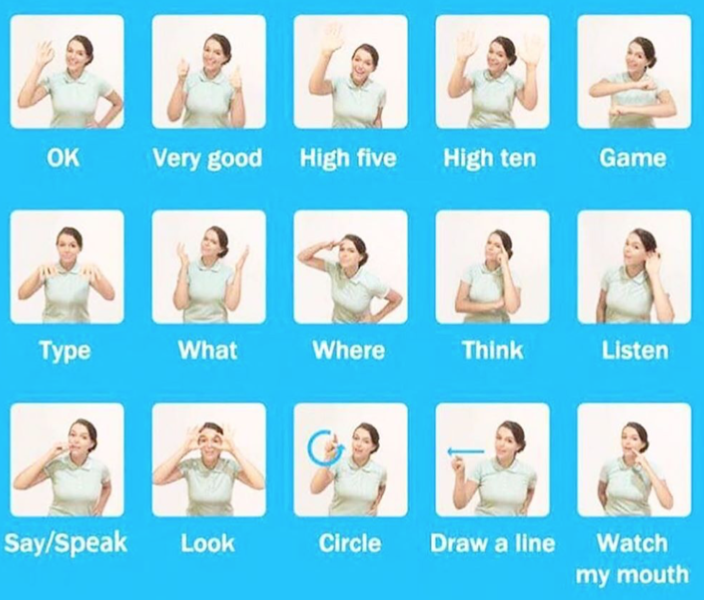PalFish also assess your demo class based on your behaviour in the lesson – this doesn’t mean how “well behaved” you were, but instead on how you encouraged and engaged with the student.
Correcting pronunciation
It is important to show that you are gently correcting students’ pronunciation during the class – and even though there isn’t a real student in your demo class, you should still pretend to have heard some pronunciation mistakes and act out how you would correct them! One of the most common pronunciation errors for Chinese students is the “th” sound – this appears in the demo class when you use the sentence “This is a <monkey>!” so this is an ideal opportunity to demonstrate correcting pronunciation!
When correcting pronunciation, it is important to move closer to the camera so students can easily see how your mouth and tongue are positioned. You can make it more fun by getting them to stick their tongue out too! Then just show them how to make the “th” sound, encourage them to repeat it a few times, then drill the word “this” a few times before going back to the full sentence.
Total Physical Response
Total Physical Response (TPR) is essentially using actions to demonstrate key words or instructions.

For example, you could mime circling or clicking something on the screen when asking the student to identify the correct object.
Additionally, you can use TPR to act out new words – for example miming playing basketball or being a monkey.
Total physical response is a relatively new approach in second language learning which is rapidly gaining popularity, particularly within China. Research suggests that it improves students understanding and memory (particularly when you encourage students to join in with the actions too). This is therefore something PalFish and parents are particularly looking for you to use.
Encouragement
The final behaviour PalFish is looking for is simply enthusiasm and encouragement! Be consistently positive throughout the lesson – for example, avoid directly criticising the student for making a mistake, instead just gently introduce and practice the correction.
Additionally, you should give plenty of encouragement and praise throughout the lesson. This not only involves using the built in reward system, but also stating clearly to them exactly what they did right – e.g. “awesome pronunciation” or “well done for remembering the new words!”.

Bearing in mind that their English level is quite low, you should also use actions such as a thumbs up and large smile to convey this praise.
